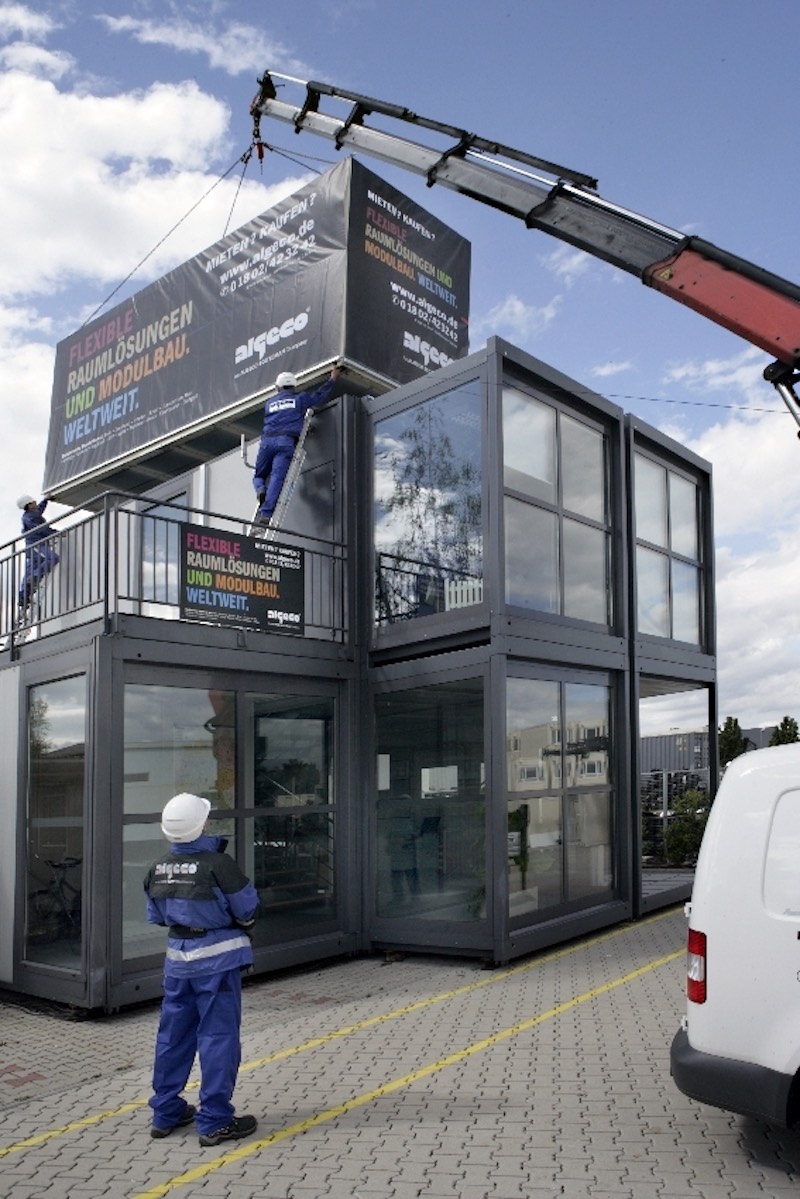Modular buildings differ significantly in regards to design, size, materials, components and purpose. Some include modular boxes that are entirely constructed off-site, then moved into position on-site. This feature means your space is ready for use by the time installation is complete. For modular storage facilities, the frames are processed in the factory and delivered to site where each frame is erected independently. Later on, the proper roof panels and walls are fitted.
A common factor in all these and other various modular buildings, however, is that most of the work happens in a controlled factory location with final construction being completed on-site.
From the reasons stated below, you will understand that modular buildings are not only economical but eco-friendly as well.
Off-Site Construction
Off-site building involves the action of buildings being set up in a factory and later moved on-site. This involves modular constructions that are fully completed and ready to be used once moved into position. The structures that require all components manufactured in the factory are assembled in sections.
The benefits of this method are significant and focus on waste, cost, duration and control of the whole process. Even though the control may be significantly improved with off-site building, there are advantages around the remaining stated areas. These contribute to the average reduction of environmental effects.
Speed and Cost
Setting up a modular building off-site involves quick ‘standard’ and constrained manufacturing activity in the factory. The whole process is shortened when carrying out final assembly on-site. Smart Space experts are among the few professionals that offer fast and high-quality construction at affordable rates. In many cases, a reduction in time is equivalent to minimal or no disruptions to construction activity and help save cash. In reality, a number of modular building installations may only require one site handler and a crew in a van. This means limited vehicles and commotion on the site. This method also reduces transport time, cost disruption, noise and environmental pollution.
Control
The restricted and regular approach of off-site construction does not leave itself exposed to the varying skill levels of employees and sub-contractors, nor the changing standards of third party machinery, processes, tools and controls.
The combined administration of high-tech machinery and human craft means mistakes and delays will be minimal or non-existent.
For many modular buildings’ construction, there are not many components often utilised because of their non-bespoke nature. Nonetheless, the material used is in an adequate quantity to save on cost and reduce wastage.
Waste
By constructing these buildings in a supervised factory location, there is going to be minimal waste. In factories that opt for computer numerically controlled machinery, there must be high regard for precision, avoiding errors and more waste. Any waste generated during off-site construction will be easier to recycle because it can be transferred to site for recycling.
Conclusion
Modular buildings are likely to continue being a product of off-site set up, and this helps minimise environmental effects in the process. This may even be the future of our commercial and domestic landscape.








